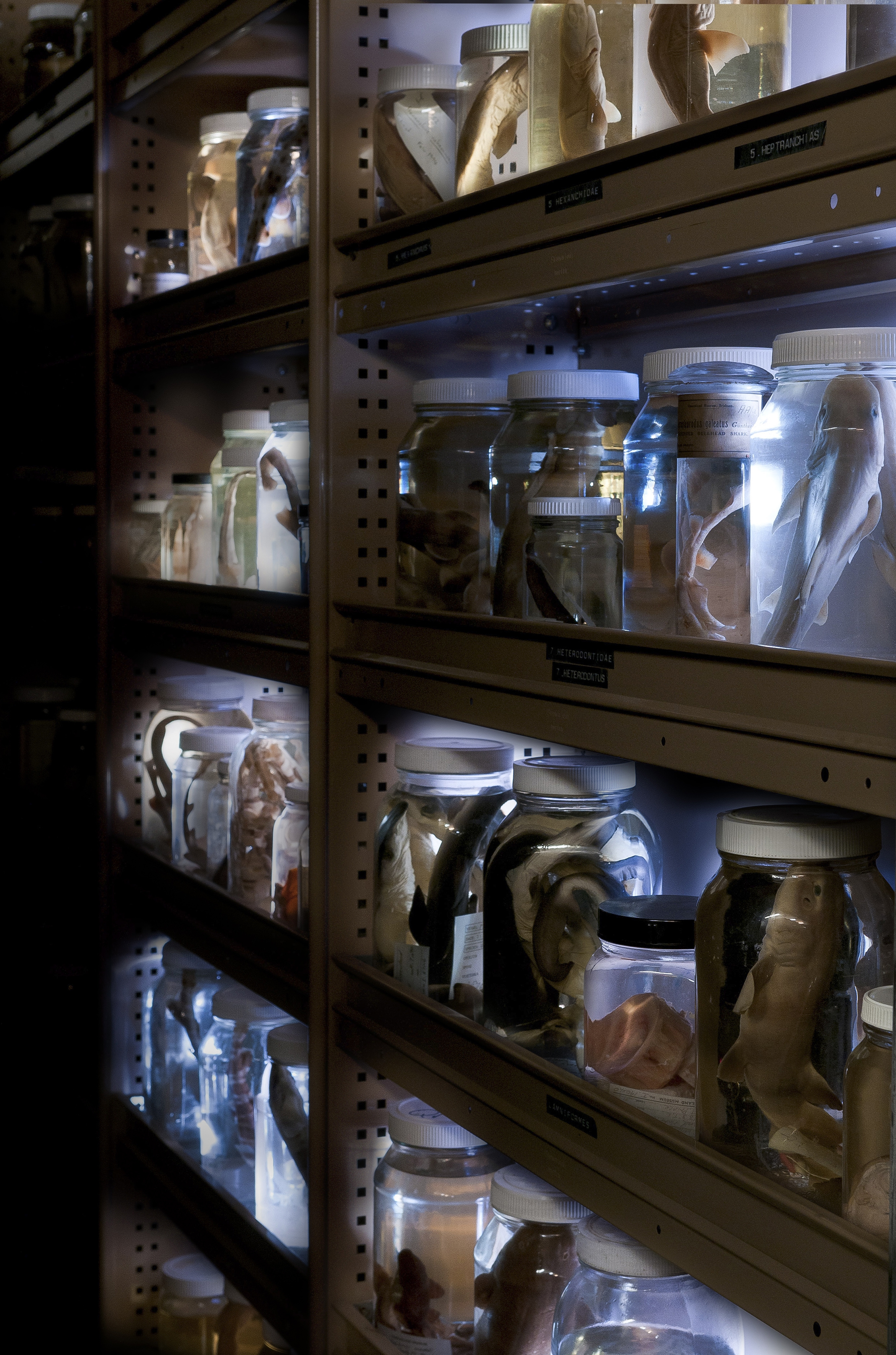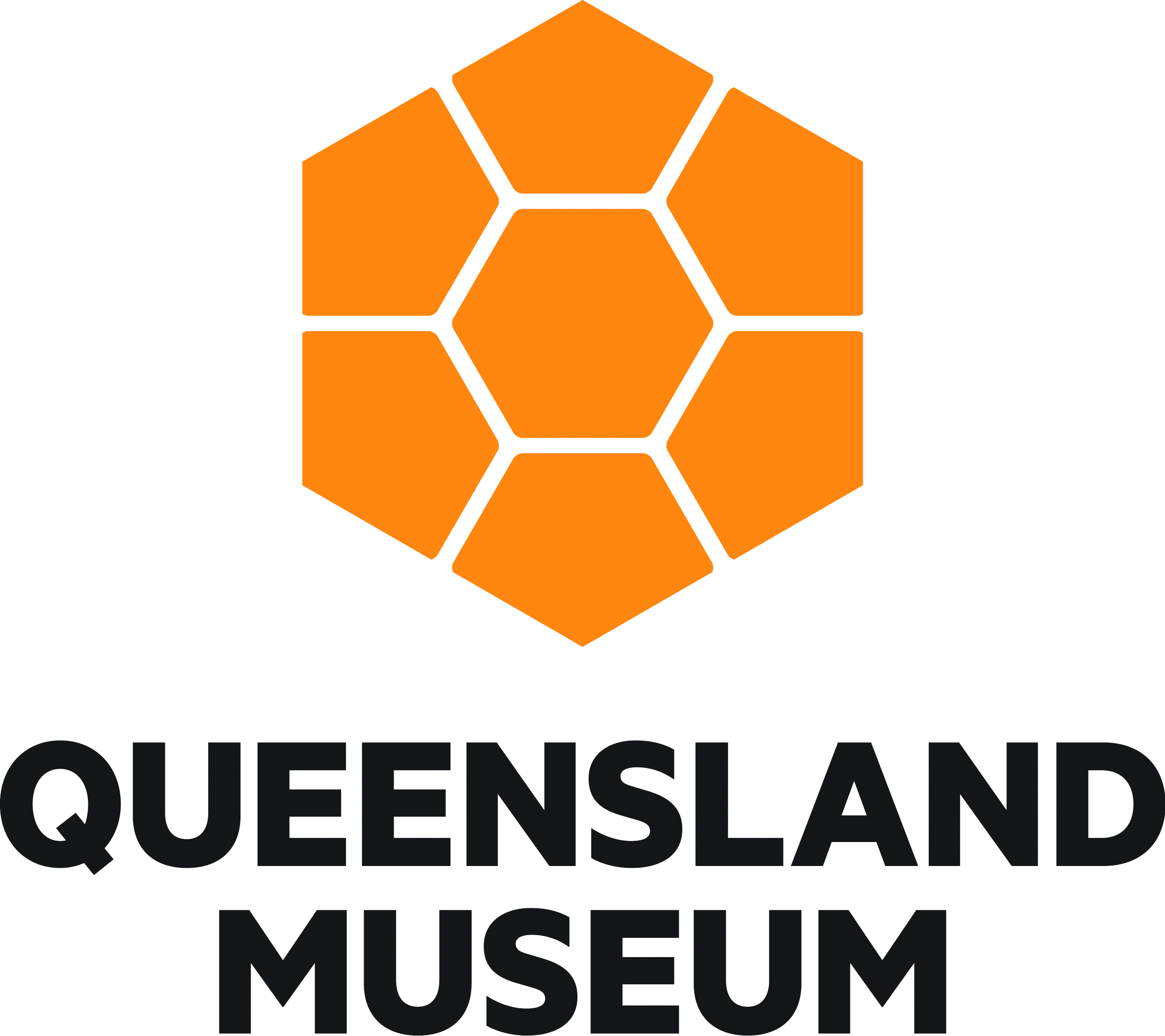Established in 1862, the Queensland Museum is a museum of natural history, cultural heritage, science and human achievement. It operates six campuses across Queensland, and is custodian to approximately 16 million specimens and objects that are material evidence of the changing natural and cultural history of Queensland in particular, and tropical Australasia in general.
These collections form the basis for the Museum’s core activities of research, exhibitions and public education programs that strive to better understand key global issues – from climate change to nature conservation, cultural awareness and community harmony.
The Natural Environments Program is responsible for the zoological, palaeontological, geological and mineral collections housed at the South Bank and Hendra campuses in Brisbane, and at the Museum of Tropical Queensland in Townsville. These collections range from single celled protozoans up to blue whales. Our core role is to understand the fundamental units of biodiversity – the variety of species (taxa), the ecosystems they form and the genes they carry – the success of which depends on being able to firstly discover, accurately recognise and then define them through the science of taxonomy and systematics. The Queensland Museum holds about 47,000 primary and secondary type specimens (the original specimens that define the species concept and its name), and its researchers describe approximately 150 new species each year.

The Queensland Museum is one of the founding partners of the Atlas of Living Australia, and contributes data to it via the Online Zoological Collections of Australian Museums (OZCAM), an initiative of the Council of Heads of Australian Museums (CHAFC).
